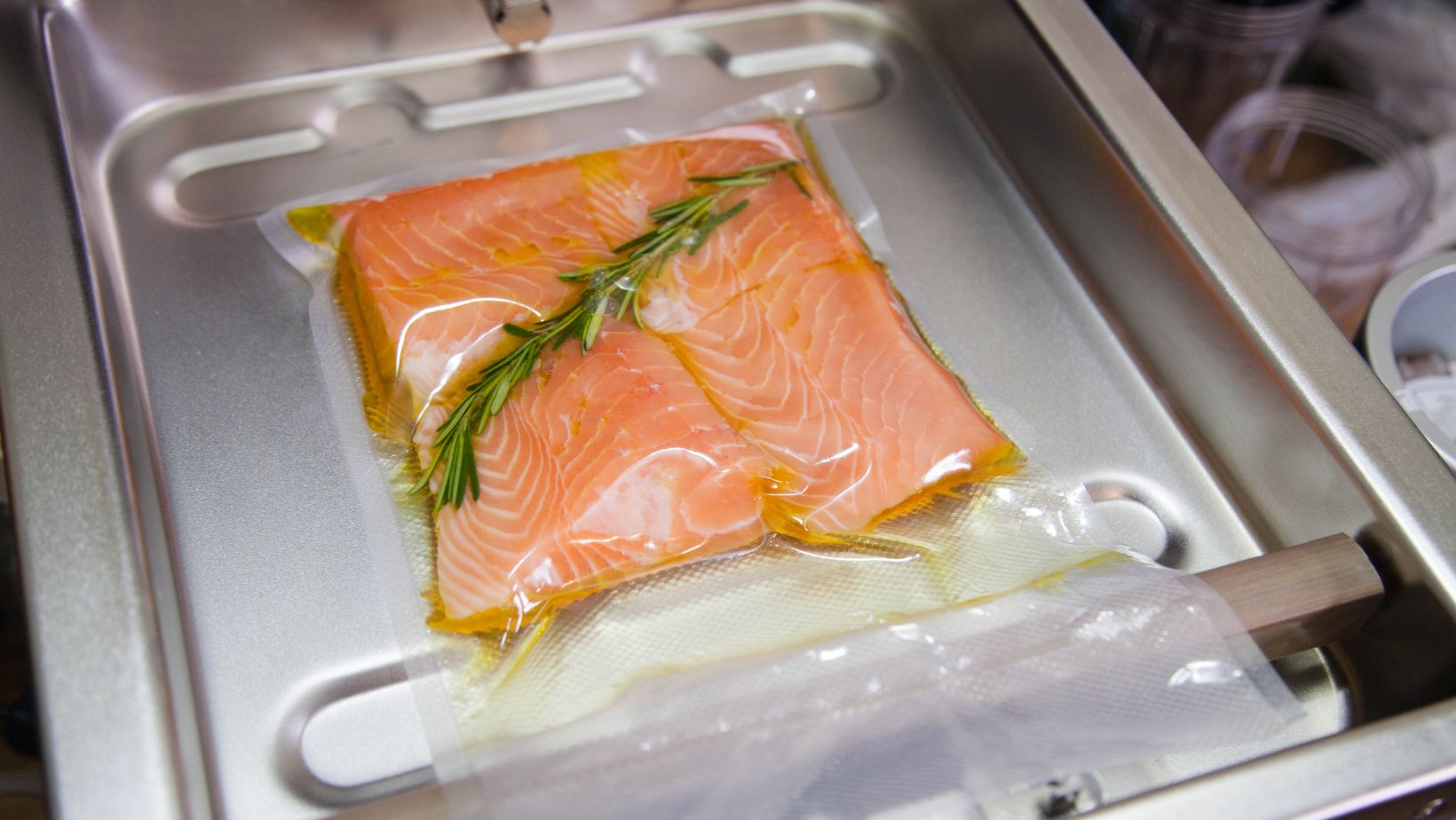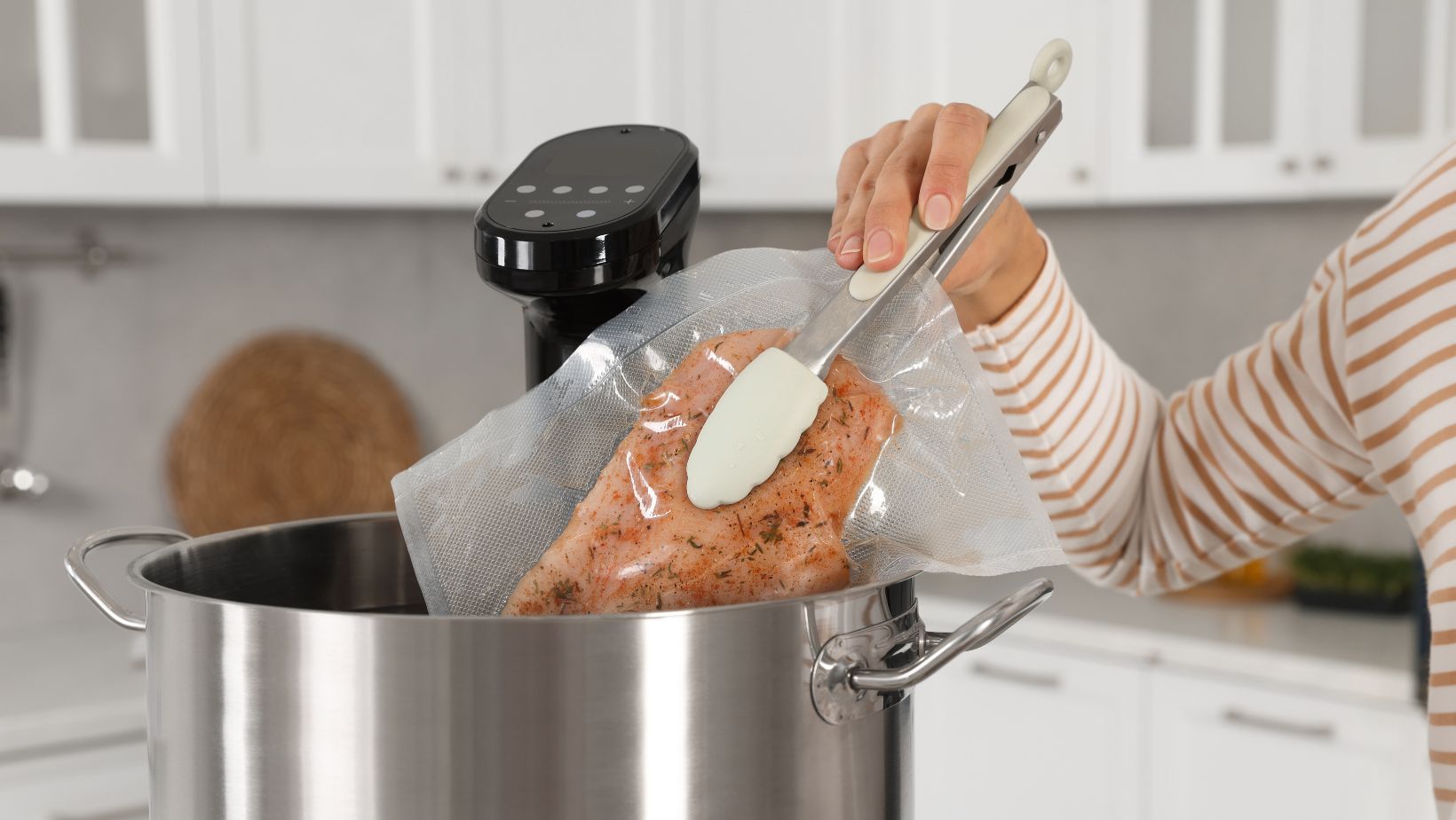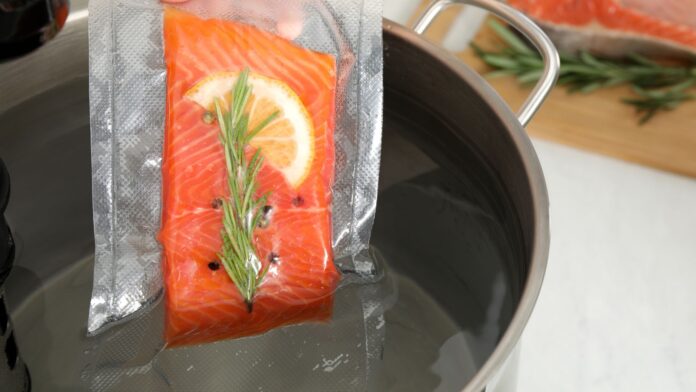Sous vide cooking offers a practical solution to one of the hospitality industry’s biggest challenges: food waste. This method uses precise temperature control to cook food evenly, minimizing overcooking and spoilage. By vacuum-sealing ingredients, sous vide extends shelf life and preserves freshness, reducing the risk of wasted inventory. Restaurants that adopt sous vide can prepare portions in advance and cook them on demand, ensuring consistent quality while avoiding surplus. According to the Food and Agriculture Organization, approximately one-third of food produced globally is wasted, making waste reduction a critical priority for businesses. With sous vide, chefs can achieve better inventory management and optimize costs, a vital advantage in a competitive industry. Could this approach help your kitchen cut waste and improve profitability? The evidence suggests the answer is yes—offering a win-win for your bottom line and sustainability goals.
Sous-vide has become an essential tool for corporate chefs looking to enhance efficiency in the hospitality industry. This precise cooking method involves immersing vacuum-sealed ingredients in carefully controlled water baths, ensuring consistent results every time. Overcooked steaks and undercooked chicken, both major contributors to food waste, are virtually eliminated. By delivering perfectly cooked dishes with minimal margin for error, sous vide helps hospitality businesses reduce waste, improve kitchen operations, and maintain the highest quality standards.

Beyond waste reduction, sous vide brings unparalleled economic benefits to professional kitchens. Traditional cooking methods often lead to unevenly cooked ingredients, resulting in discarded portions and increased costs. Sous vide allows chefs to fully utilize every part of their ingredients, enabling cost savings without compromising quality. Additionally, its precision reduces the need for excess inventory, cuts down on energy usage, and streamlines kitchen workflows, giving chefs more control over resources. This method is a cornerstone for achieving economic sustainability in high-volume kitchens.
Portion control is another significant advantage of sous vide for corporate chefs. Traditional methods often result in inconsistent portions, leading to fluctuating food costs and dissatisfied guests. Sous vide enables chefs to pre-portion ingredients with accuracy, ensuring consistent serving sizes. This allows restaurants to maintain tighter inventory control, avoid over-serving, and minimize waste. For hospitality operations managing slim profit margins, sous vide offers a powerful tool to balance profitability with guest satisfaction.
The sous vide technique extends the shelf life of ingredients through vacuum sealing and slow, controlled cooking, offering another layer of cost efficiency. By pasteurizing food without sacrificing taste or texture, chefs can store prepped ingredients longer and benefit from bulk purchasing. Reduced restocking frequency and minimized spoilage allow restaurants to lower food waste and operate with greater efficiency. Sous vide not only helps manage inventory but also ensures that resources are used to their fullest, giving hospitality professionals an edge in a competitive industry.

Sous vide also fosters creativity in the kitchen. Its precise control of temperature and cooking time empowers chefs to experiment with textures, infusions, and flavor profiles that are difficult to achieve through traditional methods. Affordable cuts of meat can be transformed into gourmet dishes, and the flavors of herbs and spices can be maximized to reduce the reliance on costly specialty ingredients. Sous vide allows corporate chefs to innovate and elevate their menus while maintaining strict cost controls—a winning combination for both profitability and guest satisfaction.
Sous vide is more than just a cooking method—it’s a strategic solution for corporate chefs in the hospitality industry. By reducing food waste, controlling portions, and extending ingredient shelf life, sous vide delivers measurable cost savings and operational efficiency. Its precision enables chefs to create consistent, high-quality dishes that meet guest expectations while minimizing waste and maximizing profits. Additionally, sous vide fosters culinary innovation, allowing chefs to elevate their menus and transform affordable ingredients into premium offerings. In an industry where profit margins are tight, and sustainability is a growing priority, sous vide stands out as a reliable tool for success. For corporate chefs seeking to optimize resources and deliver exceptional dining experiences, sous vide is a game-changing approach that enhances both creativity and profitability.


